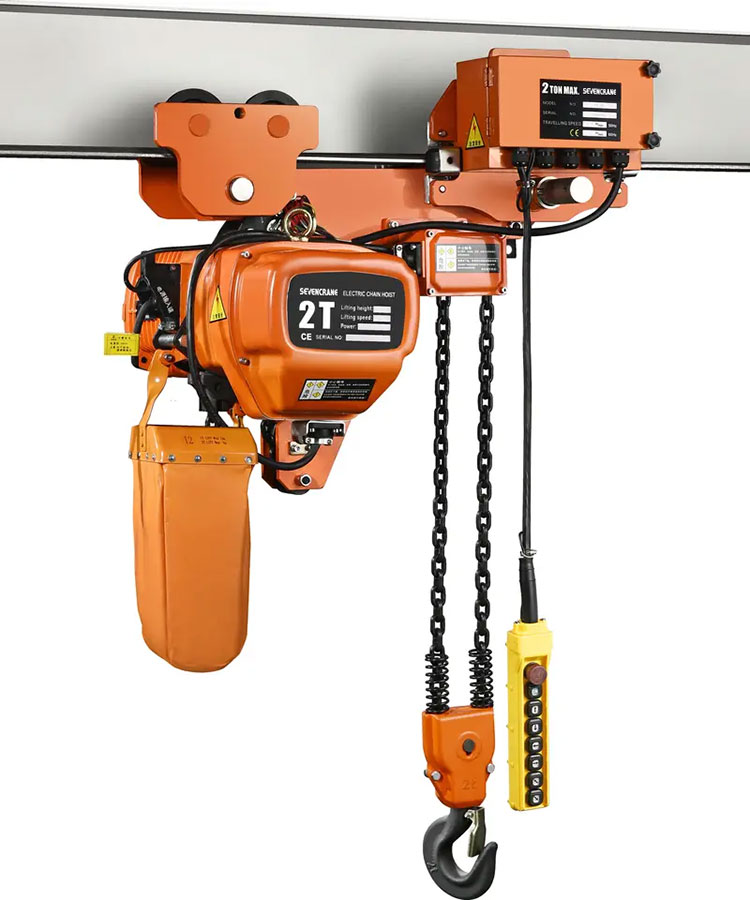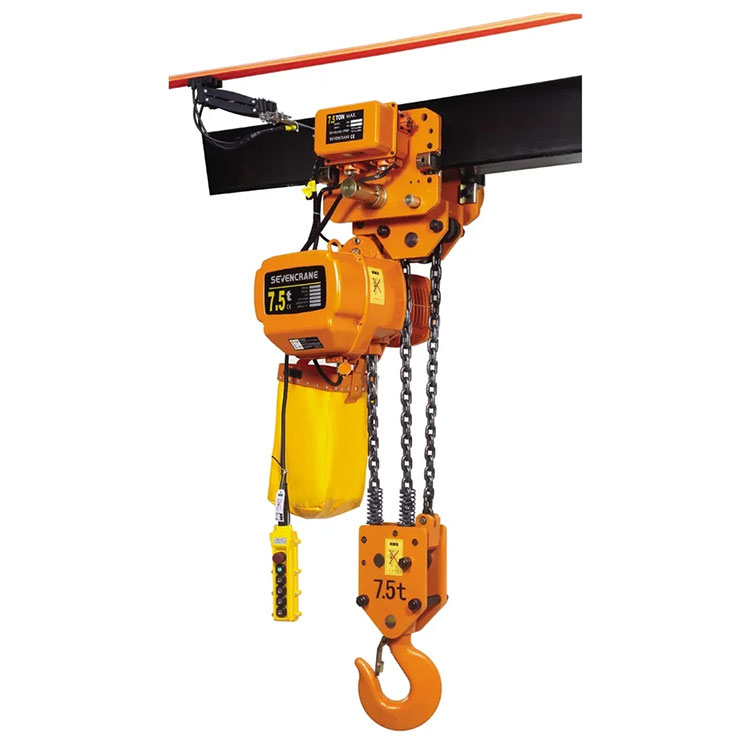The lifting work of a crane cannot be separated from rigging, which is an indispensable and important component in industrial production. Below is a summary of some experience in using rigging and sharing it with everyone.
Generally speaking, rigging is used in more dangerous working environments. Therefore, the reasonable use of rigging is very important. We would like to remind our customers to choose high-quality rigging and resolutely refrain from using damaged rigging. Check the use status of the rigging regularly, do not let the rigging knot, and maintain the normal load of the rigging.
1. Choose rigging specifications and types based on the usage environment.
When selecting the rigging specifications, the shape, size, weight, and operating method of the load object should be calculated first. At the same time, external environmental factors and situations that may occur under extreme conditions should be taken into account. When selecting the type of rigging, choose the rigging according to its usage. It is necessary to have sufficient capacity to meet the usage needs and also consider whether its length is appropriate.
2. Correct usage method.
The rigging must be inspected before normal use. During lifting, twisting should be avoided. Lift according to the load that the rigging can withstand, and keep it on the upright part of the sling, away from the load and hook to prevent damage.
3. Properly keep the rigging during lifting.
Rigging should be kept away from sharp objects and should not be dragged or rubbed. Avoid high load operation and take appropriate protective measures when necessary.
Choose the correct rigging and stay away from chemical damage. The materials used for rigging vary depending on their purpose. If your crane works in high temperature or chemically polluted environments for a long time, you should consult us in advance to choose the appropriate rigging.
4. Ensure the safety of the rigging environment.
The most important thing when using rigging is to ensure personnel safety. The environment in which rigging is used is generally dangerous. Therefore, during the lifting process, close attention should be paid to the work safety of personnel. Remind staff to establish safety awareness and take safety measures. If necessary, immediately evacuate the hazardous site.
5. Properly store rigging after use.
After completing the work, it is necessary to store it correctly. When storing, it is necessary to first check if the rigging is intact. Damaged rigging should be recycled and not stored. If it is no longer used in the short term, it must be stored in a dry and well ventilated room. Properly placed on a shelf, avoiding heat sources and direct sunlight, and keeping away from chemical gases and objects. Keep the surface of the rigging clean and do a good job in preventing damage.









